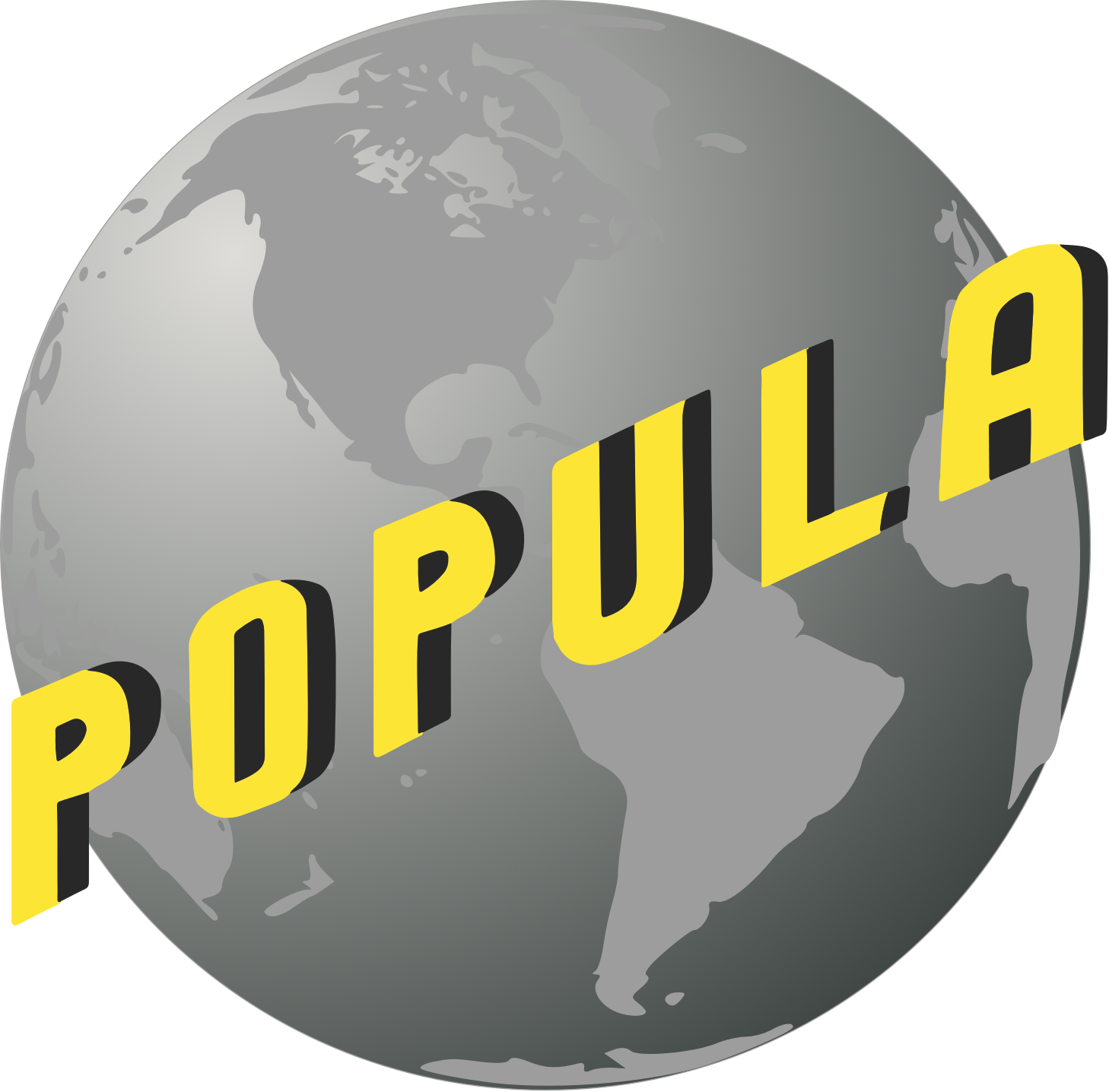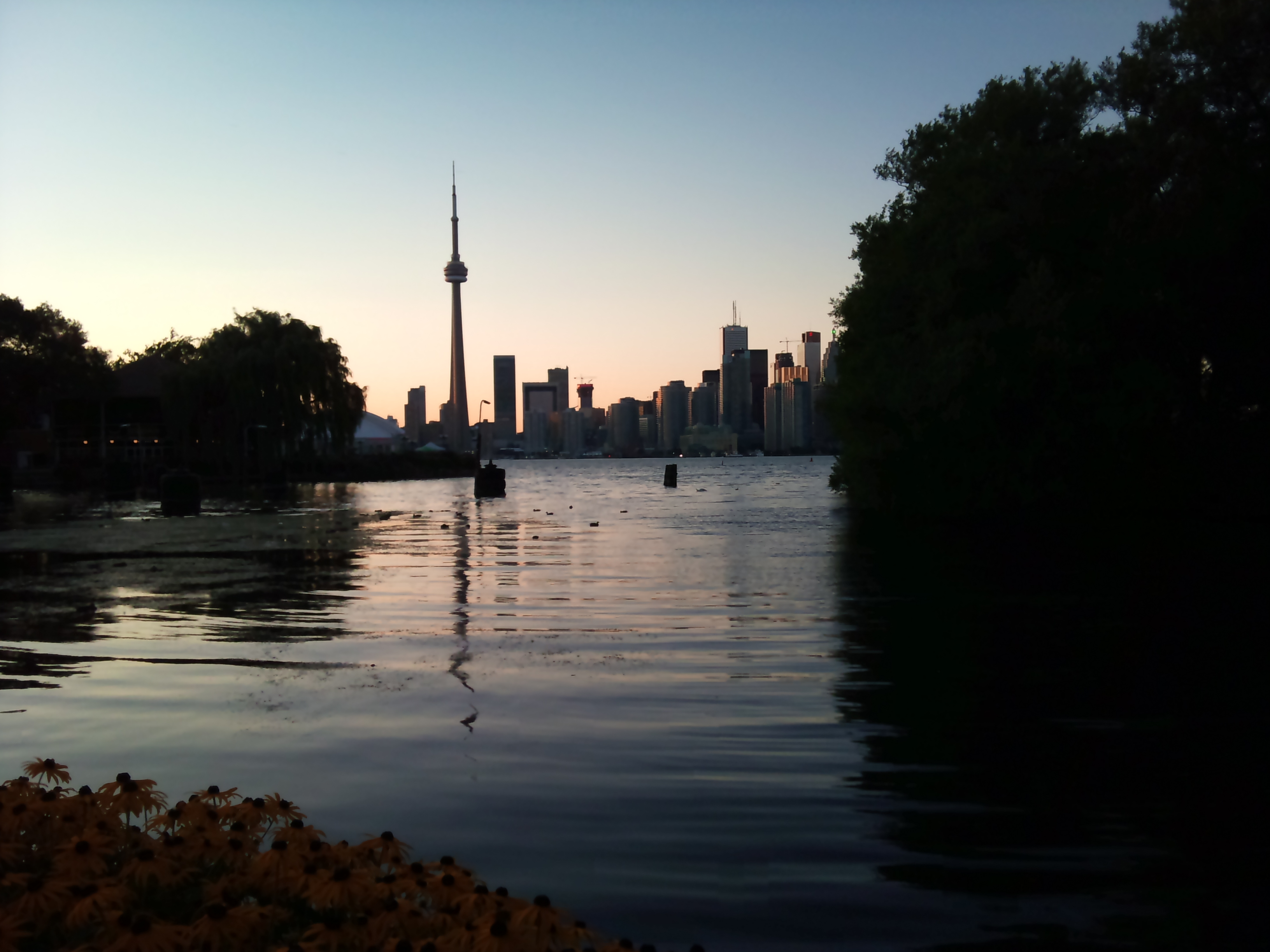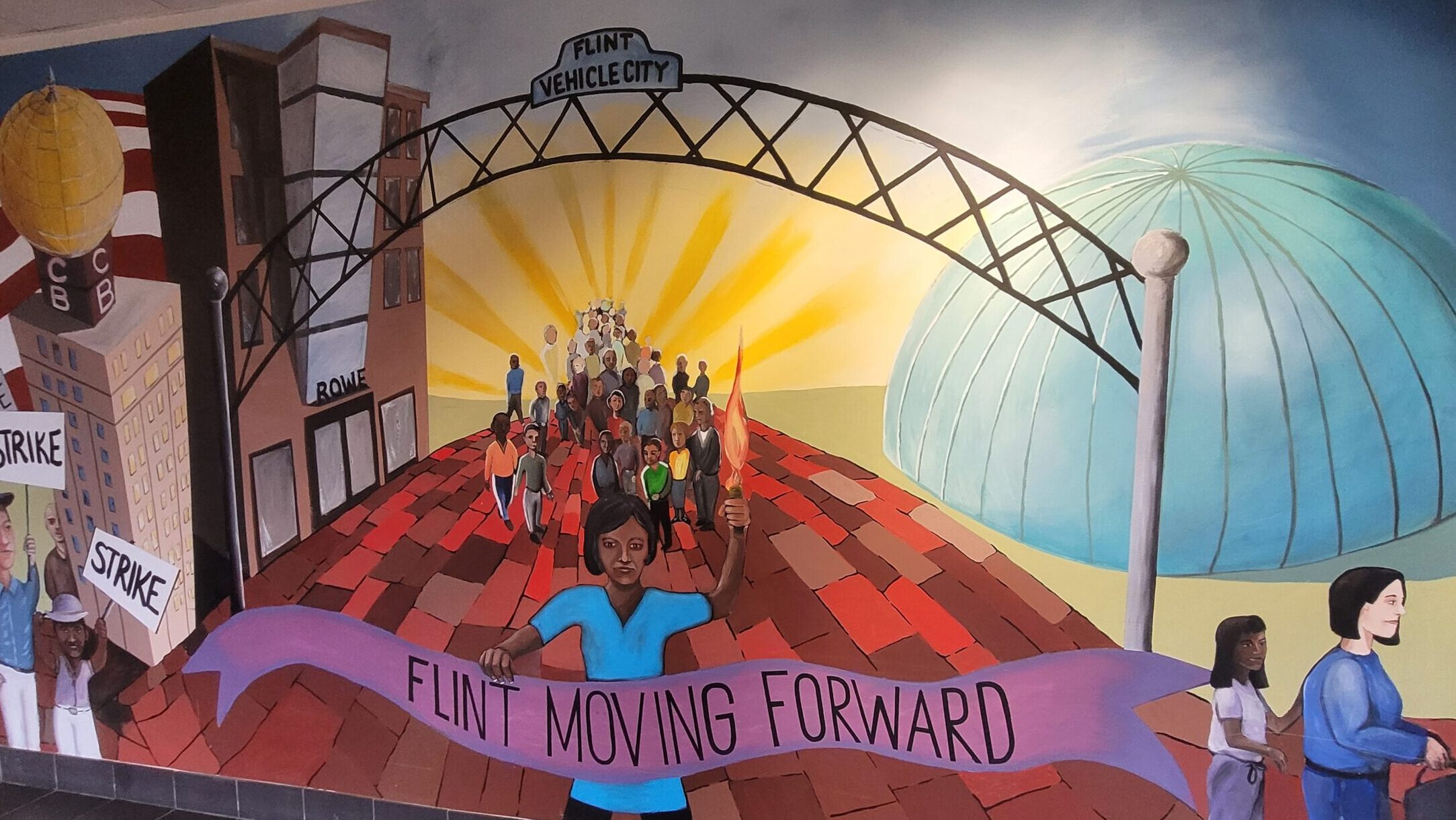Some of my fondest memories are of places I’ve never seen. The Meadows, a large public park in Edinburgh, looms in my mind because I heard some Scots talk about it while we sat in a sunlit back garden smoking hand-rolled cigarettes. They described it as a place people would day drink in the summer, lazing about, basking in the rare warm sun, at home in their city, and something about the image just stuck.
City parks can tell the story of a whole country. London might overwhelm with stone and brick, but it is dotted with green spaces, even in the core. In its parks is England’s lingering nostalgia for the pastoral, and that the English, no matter how urban, imagine they inhabit the rolling, endless green landscape that erupts once you escape the bounds of the M25.
In New York, people go to “The Park,” without really needing to specify which one. People who will never set foot in New York are still familiar with Central Park from television and movies. But then, New York is a city caught in a loop of its own representation, and Central Park, like the rest of the city, is impossible to experience without feeling like you’re in a film. Wandering through it on a cool spring afternoon, I was half expecting meet the love of my life and was disappointed when this did not happen.
But then, as a Torontonian, it is in my nature to make grand, verbose pronouncements about cities that far eclipse this one in the global consciousness. It is the only way we can feel on par, the defining characteristic of this city being its inferiority complex. Toronto has its parks, too, and none of them are famous. The city’s young and hip might gather at Trinity Bellwoods in the summer, flouting the city’s strict laws on drinking outside, flirting under the shade of enormous trees. But thousands of the city’s residents haven’t even heard of the park, let alone gone there.
The world’s megacities are there preformed in our minds before we even have a chance to visit. A city like Toronto is instead in the process of figuring out what its story is. It is still too young, too obsessed with erasing its own past, and simply too big and diverse to have an easy idea to gather around yet. And rather than famous parks, Toronto is instead increasingly a city of parkettes: miniature oases tucked into corners of streets, tiny flashes of green in an otherwise grey town. The city defines a parkette as less than half a hectare, and they are mostly even smaller—just places to sit and have a coffee after lunch or a slice of pizza after a night out.
This is the way of life here. People call for big ideas but are mostly forced to settle for miniature versions. We then hold on to them tightly. There are pilot projects to reclaim pedestrian space that one hopes, perhaps in vain, will spark a city-wide change. Instead of tearing down an elevated highway that runs right through the city’s core, we get an innovative public space built beneath it, complete with an elongated skating rink for use in winter. There is a tiny, artificial beach built next to the lake that also looks out onto a sugar-processing plant, visitors seated in Muskoka chairs watching enormous ships unload their cargo, and on a cool, sunny September afternoon, it is surprisingly perfect.
Citizens of New York or London will often smile or shake their heads as they simply say the name of their city—New York, London, amirite? And strollers or sunbathers in Central Park and Hampstead Heath seem to have something in common with each other, just by living in, or even being in, New York or London.
Nothing as strong as that ties Torontonians together. Yes, there are the platitudes about Toronto’s diversity, or that it is a city of neighbourhoods, but people who visit Centennial Park on the western edge of town seem not to have much in common with those in Trinity Bellwoods, just as the people there share little with attendees at Sunnybrook Park in the city’s north. There are few universal gathering places in a city of parkettes. We are instead all sort of stumbling through this place, each alone, finding a tiny little patch of our own. Even our new global ambassador Drake says little of the city except that it is where he is from and that he loves it, but no one listening to him say that, whether they’re from there or not, just automatically gets why.
I suppose there is one park that everyone in the city knows something of—even though the Toronto Islands aren’t really a park as such. They are instead a mix of open green space and homes on the edge of Lake Ontario, just south of the city, and accessible only by an awful ferry that, every summer weekend, is full to the brim of families, groups of twentysomethings with wine poured into steel thermoses, and single people clutching their bikes and looking sternly out at the skyscrapers as the boat pulls away from shore.
The Island is the best place to get a view of the city’s sprawling skyline, which, year after year, continues to fill in. It’s that image which shows up when you Google Toronto, or in tourist brochures, or on local newscasts’ outros, or in Drake videos. It is the one thing that Toronto can agree upon about itself: that while the place may be a sleepy town filled mostly with single-family homes, it is emerging into something grander, more experimental.
In the meantime, we are left with what we have. The parkette I have the fondest memory of doesn’t even have a name. It’s just a tiny scrap of grass and seats behind a rep cinema in the Annex. We used to go there after late nights at the Green Room, the now-closed university hangout where the dirty beer taps would always give you a hangover. We’d sit there on the concrete chess tables, drunk, wolfing down a shawarma too fast before it fell apart. It wasn’t much. But it was enough. And eventually, there will be enough tiny stories like that one to make something bigger—enough tales to make the idea of Toronto stick.





